Answered step by step
Verified Expert Solution
Question
1 Approved Answer
Method 1 means forecasting cost using the earned value Method 2 means forecasting cost using CPI (Cost Performance Index) Using Earned Value Management for Project

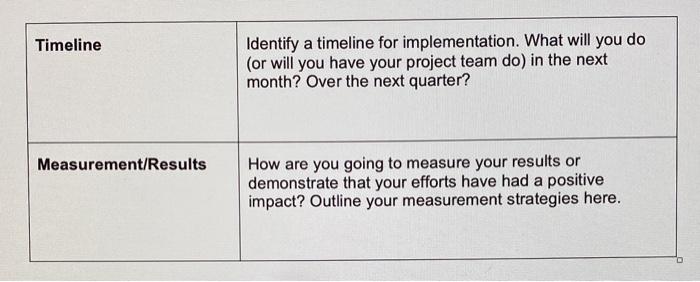
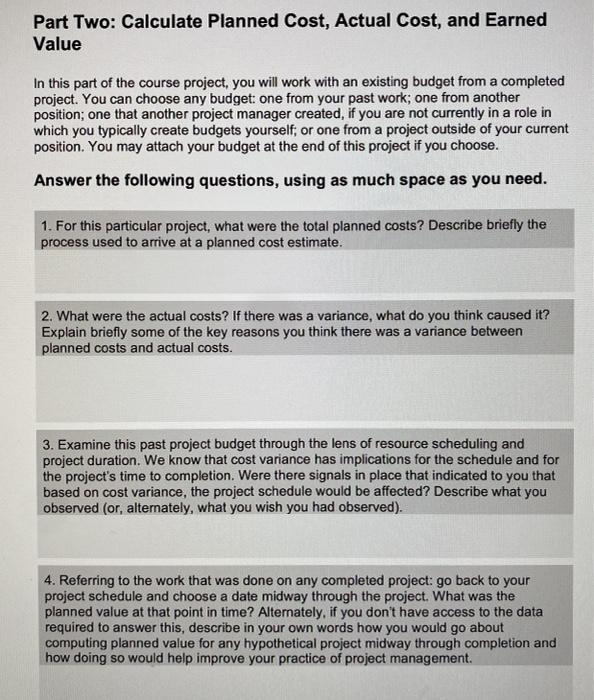
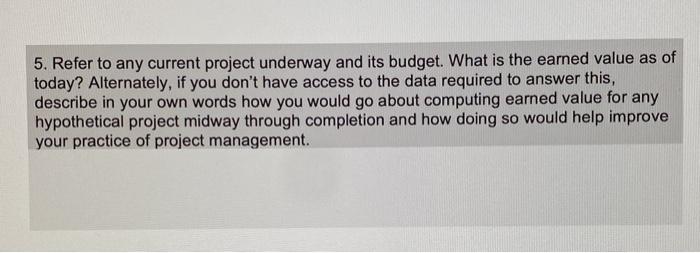
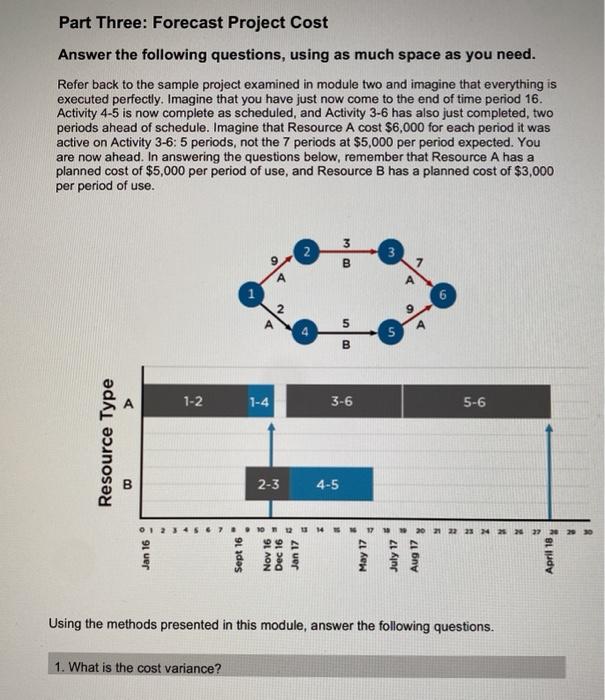
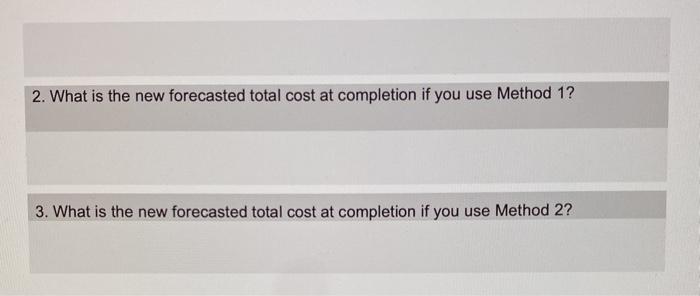
Method 1 means forecasting cost using the earned value
Method 2 means forecasting cost using CPI (Cost Performance Index)
"Using Earned Value Management for Project Managers" Course Project Part One: Create an Action Plan for Effective Meetings As you have seen in this module, it's critical for project managers to plan, schedule, and run effective meetings, yet it's not uncommon for team members and contributors to resist attending. You will now create an action plan to guide your efforts on the job so that you can plan to get the best value out of meetings and make sure they serve your projects well. Answer the following questions, using as much space as you need. Complete the grid below. Implementing Project Control Describe how you think you can use project meetings as one of your key implements of project control. Key Business Problem(s) Identify one problem regarding your project meetings that you hope to resolve. What is one goal that you need to achieve more effectively through meetings? Strategies Identify which strategy or strategies from this module you plan to use to improve your results. Steps What are the specific actions you will take to bring about better results in planning and executing meetings? Be as specific as you can in outlining how you will proceed. Timeline Identify a timeline for implementation. What will you do (or will you have your project team do) in the next month? Over the next quarter? Measurement/Results How are you going to measure your results or demonstrate that your efforts have had a positive impact? Outline your measurement strategies here. Part Two: Calculate Planned Cost, Actual Cost, and Earned Value In this part of the course project, you will work with an existing budget from a completed project. You can choose any budget: one from your past work; one from another position; one that another project manager created, if you are not currently in a role in which you typically create budgets yourself or one from a project outside of your current position. You may attach your budget at the end of this project if you choose. Answer the following questions, using as much space as you need. 1. For this particular project, what were the total planned costs? Describe briefly the process used to arrive at a planned cost estimate. 2. What were the actual costs? If there was a variance, what do you think caused it? Explain briefly some of the key reasons you think there was a variance between planned costs and actual costs. 3. Examine this past project budget through the lens of resource scheduling and project duration. We know that cost variance has implications for the schedule and for the project's time to completion. Were there signals in place that indicated to you that based on cost variance, the project schedule would be affected? Describe what you observed (or, alternately, what you wish you had observed). 4. Referring to the work that was done on any completed project: go back to your project schedule and choose a date midway through the project. What was the planned value at that point in time? Alternately, if you don't have access to the data required to answer this, describe in your own words how you would go about computing planned value for any hypothetical project midway through completion and how doing so would help improve your practice of project management. 5. Refer to any current project underway and its budget. What is the earned value as of today? Alternately, if you don't have access to the data required to answer this, describe in your own words how you would go about computing earned value for any hypothetical project midway through completion and how doing so would help improve your practice of project management. Part Three: Forecast Project Cost Answer the following questions, using as much space as you need. Refer back to the sample project examined in module two and imagine that everything is executed perfectly. Imagine that you have just now come to the end of time period 16. Activity 4-5 is now complete as scheduled, and Activity 3-6 has also just completed, two periods ahead of schedule. Imagine that Resource A cost $6,000 for each period it was active on Activity 3-6: 5 periods, not the 7 periods at $5,000 per period expected. You are now ahead. In answering the questions below, remember that Resource A has a planned cost of $5,000 per period of use, and Resource B has a planned cost of $3,000 per period of use. 3 N B 5 5 B A 1-2 1-4 3-6 5-6 Resource Type 2-3 4-5 20 21 22 23 252 Jan 16 Sept 16 Nov 16 Dec 16 Jan 17 May 17 July 17 Aug 17 April 18, Using the methods presented in this module, answer the following questions. 1. What is the cost variance? 2. What is the new forecasted total cost at completion if you use Method 1? 3. What is the new forecasted total cost at completion if you use Method 2? "Using Earned Value Management for Project Managers" Course Project Part One: Create an Action Plan for Effective Meetings As you have seen in this module, it's critical for project managers to plan, schedule, and run effective meetings, yet it's not uncommon for team members and contributors to resist attending. You will now create an action plan to guide your efforts on the job so that you can plan to get the best value out of meetings and make sure they serve your projects well. Answer the following questions, using as much space as you need. Complete the grid below. Implementing Project Control Describe how you think you can use project meetings as one of your key implements of project control. Key Business Problem(s) Identify one problem regarding your project meetings that you hope to resolve. What is one goal that you need to achieve more effectively through meetings? Strategies Identify which strategy or strategies from this module you plan to use to improve your results. Steps What are the specific actions you will take to bring about better results in planning and executing meetings? Be as specific as you can in outlining how you will proceed. Timeline Identify a timeline for implementation. What will you do (or will you have your project team do) in the next month? Over the next quarter? Measurement/Results How are you going to measure your results or demonstrate that your efforts have had a positive impact? Outline your measurement strategies here. Part Two: Calculate Planned Cost, Actual Cost, and Earned Value In this part of the course project, you will work with an existing budget from a completed project. You can choose any budget: one from your past work; one from another position; one that another project manager created, if you are not currently in a role in which you typically create budgets yourself or one from a project outside of your current position. You may attach your budget at the end of this project if you choose. Answer the following questions, using as much space as you need. 1. For this particular project, what were the total planned costs? Describe briefly the process used to arrive at a planned cost estimate. 2. What were the actual costs? If there was a variance, what do you think caused it? Explain briefly some of the key reasons you think there was a variance between planned costs and actual costs. 3. Examine this past project budget through the lens of resource scheduling and project duration. We know that cost variance has implications for the schedule and for the project's time to completion. Were there signals in place that indicated to you that based on cost variance, the project schedule would be affected? Describe what you observed (or, alternately, what you wish you had observed). 4. Referring to the work that was done on any completed project: go back to your project schedule and choose a date midway through the project. What was the planned value at that point in time? Alternately, if you don't have access to the data required to answer this, describe in your own words how you would go about computing planned value for any hypothetical project midway through completion and how doing so would help improve your practice of project management. 5. Refer to any current project underway and its budget. What is the earned value as of today? Alternately, if you don't have access to the data required to answer this, describe in your own words how you would go about computing earned value for any hypothetical project midway through completion and how doing so would help improve your practice of project management. Part Three: Forecast Project Cost Answer the following questions, using as much space as you need. Refer back to the sample project examined in module two and imagine that everything is executed perfectly. Imagine that you have just now come to the end of time period 16. Activity 4-5 is now complete as scheduled, and Activity 3-6 has also just completed, two periods ahead of schedule. Imagine that Resource A cost $6,000 for each period it was active on Activity 3-6: 5 periods, not the 7 periods at $5,000 per period expected. You are now ahead. In answering the questions below, remember that Resource A has a planned cost of $5,000 per period of use, and Resource B has a planned cost of $3,000 per period of use. 3 N B 5 5 B A 1-2 1-4 3-6 5-6 Resource Type 2-3 4-5 20 21 22 23 252 Jan 16 Sept 16 Nov 16 Dec 16 Jan 17 May 17 July 17 Aug 17 April 18, Using the methods presented in this module, answer the following questions. 1. What is the cost variance? 2. What is the new forecasted total cost at completion if you use Method 1? 3. What is the new forecasted total cost at completion if you use Method 2Step by Step Solution
There are 3 Steps involved in it
Step: 1

Get Instant Access to Expert-Tailored Solutions
See step-by-step solutions with expert insights and AI powered tools for academic success
Step: 2

Step: 3

Ace Your Homework with AI
Get the answers you need in no time with our AI-driven, step-by-step assistance
Get Started


